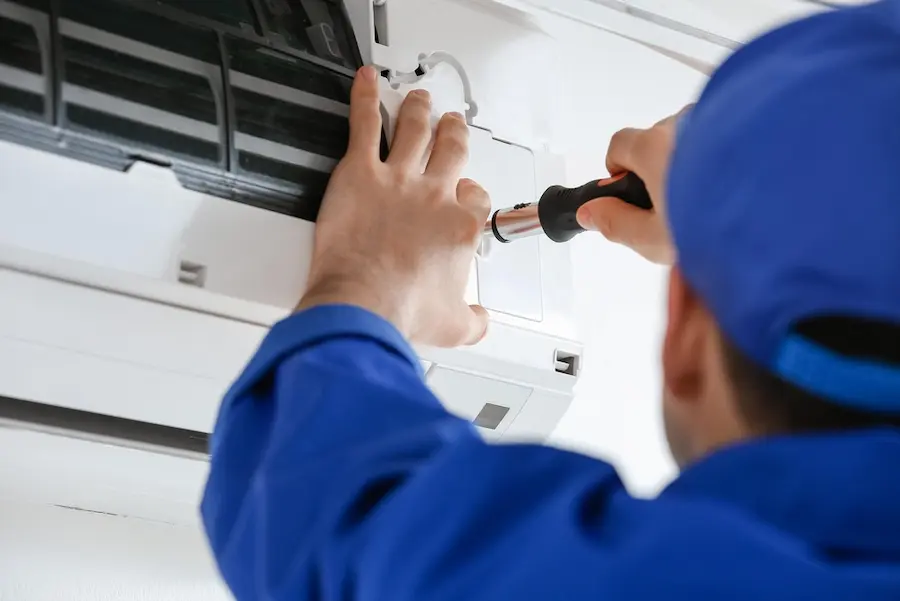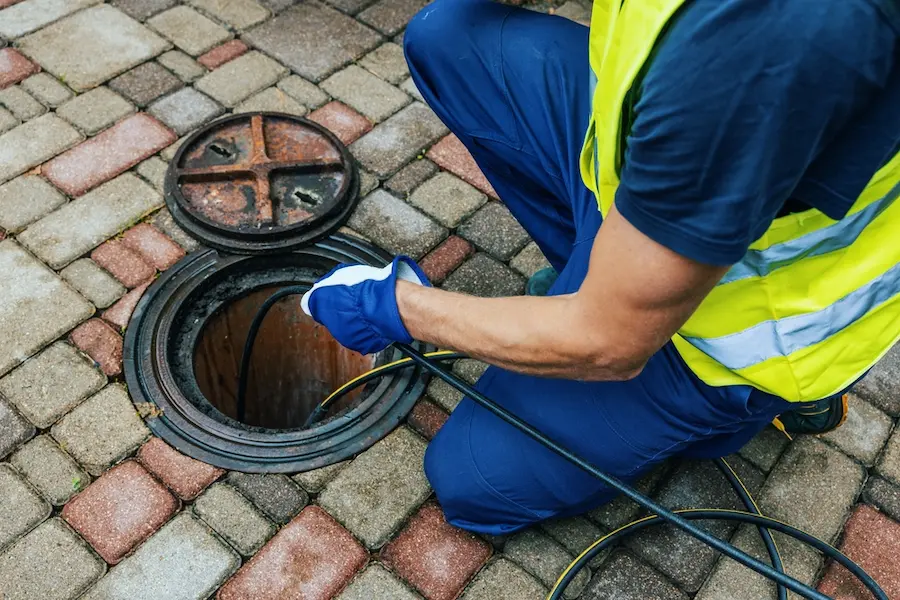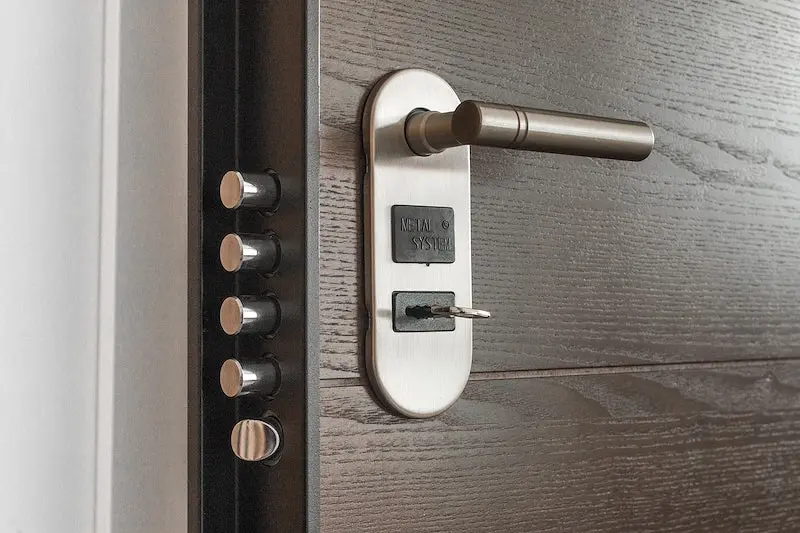Key Takeaways:
- Air travel for pets has become increasingly common, and understanding the basics ensures pet safety and comfort.
- Pet owners must know specific regulations and requirements before booking a flight.
- Preparing your pet for air travel is essential for a smooth experience when departing from bustling hubs like Los Angeles.
Table of Contents
Introduction to Pet Air Travel
The concept of soaring through the skies is no longer a human-exclusive privilege. As the world becomes more interconnected, the need to transport pets by air has seen a significant uptick. Pets, ranging from dogs and cats to birds and reptiles, are now joining their families on domestic and international flights. Whether for relocation, travel, or other necessities, the skies are becoming friendlier to our animal companions.
The Evolution of Pet Air Travel
Pet air travel has come a long way since its inception. What started as a rare and luxurious provision for the wealthiest pet owners has evolved into a well-established service offered by numerous airlines. Technological advancements in aircraft and the development of stricter safety protocols have played a pivotal role in this transformation. Now, pet air travel is recognized as a standard aspect of airline services, with dedicated staff and resources ensuring the care of traveling pets.
Understanding Airline Policies for Pet Travel
Every airline has its own set of policies regarding pet travel. While some allow small pets in the cabin, others require them to be checked as cargo. Certain breeds, especially snub-nosed dogs and cats, may have travel restrictions due to health risks. It’s crucial to research and understand the specific policies of the airline you choose to ensure that your pet meets the requirements. Weight limits, kennel dimensions, seasonal embargoes, and documentation needs are just a few aspects pet owners must keep in mind.
Preparing Your Pet for the Skies
Preparation is the key to a hassle-free air travel experience for your pet. This involves acclimating your pet to their travel crate, ensuring they’re comfortable and secure in an enclosed space. Familiarization sessions that gradually increase in duration can make the crate a haven rather than a source of stress. Additionally, getting your pet accustomed to the sounds and sensations of travel is vital, but it can also be disorienting.
Navigating Pet Transport from Los Angeles
With its sprawling cityscape and busy airports, Los Angeles is a significant hub for pet air travel. Transitioning your pet from LA’s bustling environment to the confines of an airplane requires careful planning. Securing a direct flight to minimize stress and transit time for your pet is usually advisable. Researching pet relief areas at the airports, you’ll be using and visiting your vet for a health check can ease the process of pet transport from Los Angeles.
The Importance of Choosing the Right Carrier
Selecting an airline-approved carrier is one of the most critical aspects of pet air travel. It must be sturdy, size-appropriate, ventilated, and escape-proof. A well-chosen carrier ensures compliance with airline regulations and provides a secure and comfortable environment for your pet throughout the flight. Many airlines offer website guidelines detailing the exact specifications of a travel crate.
Health and Safety Regulations
Pet owners and airlines share a concern for your pet’s safety during air travel. Standard requirements include health certificates, up-to-date vaccinations, and identification tags. Mandatory pre-flight check-ups can rule out potential health issues exacerbated by air travel, such as respiratory problems or cardiac conditions. It’s equally important to familiarize yourself with the airline’s procedures in an emergency and the location of pet-safe areas within the airport.
Dealing with Pet Anxiety during Air Travel
Anxiety is a common issue pets face during air travel, but there are ways to mitigate it. Phased crate training, calming pheromone sprays, and including familiar items like toys or blankets can help. For pets with severe anxiety, consult your veterinarian about the possibility of using calming medications or sedatives. It’s important to note, however, that sedation is generally not recommended for pets during air travel due to the increased risk of respiratory and cardiovascular problems.
International Pet Air Travel Considerations
Air travel with pets becomes more complex if a flight crosses international borders. In addition to health certificates, pet owners must be aware of the quarantine regulations, microchip requirements, and specific entry documentation for the destination country. Failure to comply with these regulations can lead to the pet’s entry being denied or, worse, being put into quarantine upon arrival. Additionally, pet owners should be aware of their destination country’s cultural attitude towards pets, as it varies widely worldwide.
Pet Air Travel Success Stories
Amidst concerns and meticulous details, success stories encourage testaments to pet air travel’s feasibility. These narratives often highlight the joy of reunion and relief after a safe landing, reinforcing the worth of going the extra mile for your pet’s well-being. Whether it’s a family moving internationally or taking their pet on a vacation, success stories provide insights and tips that can guide other pet owners through the process. Ultimately, the rise of pet air travel evidences the strengthening bond between humans and their pets and the lengths we are willing to go to keep them by our side, no matter the destination.
























































































































































































































































































































































































































































































































































































































































































































































































































































































































































































































































































































































































0